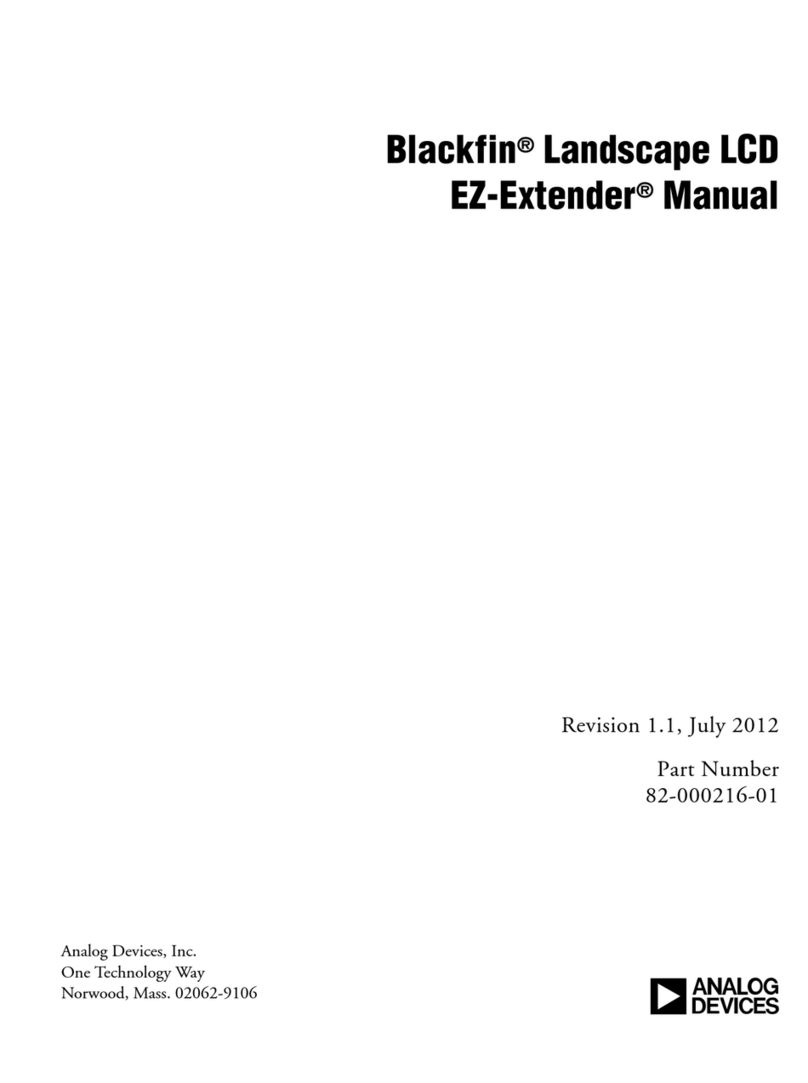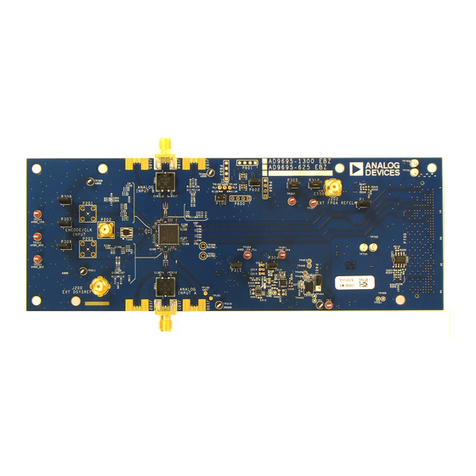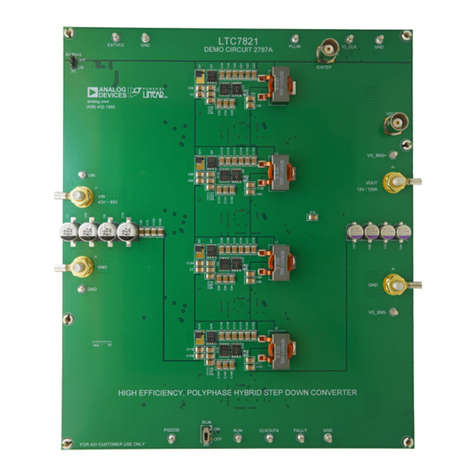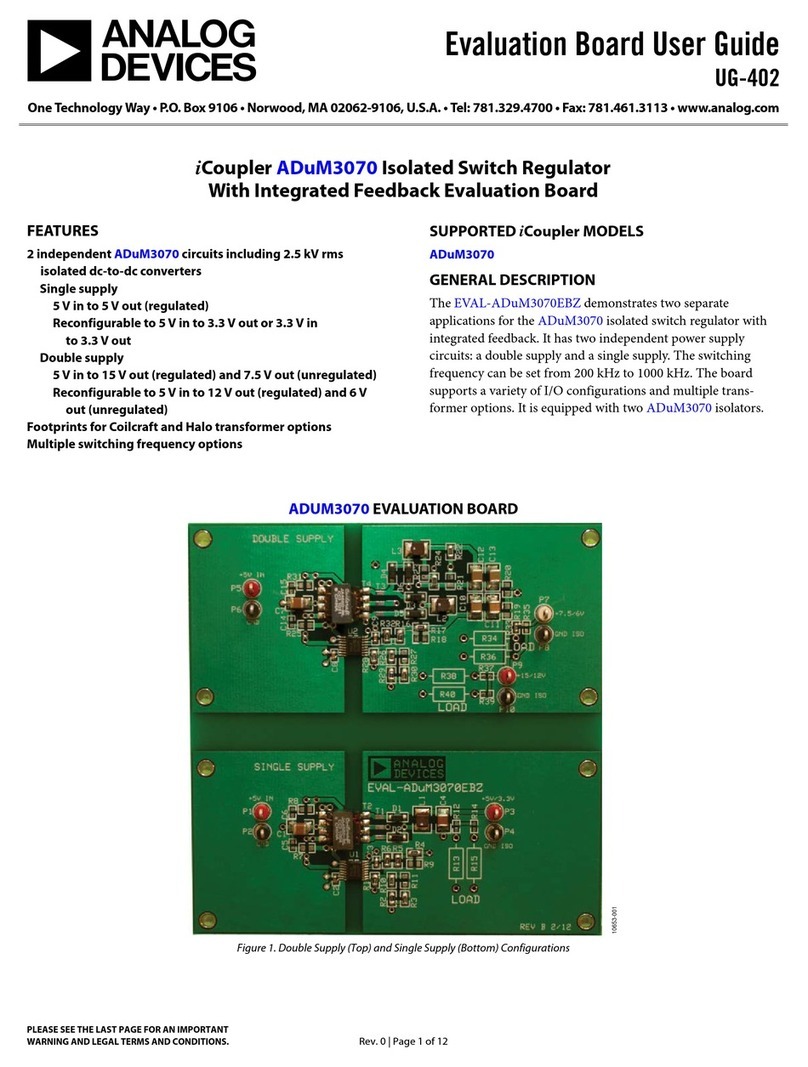Analog Devices AD1887 User manual
Other Analog Devices Motherboard manuals
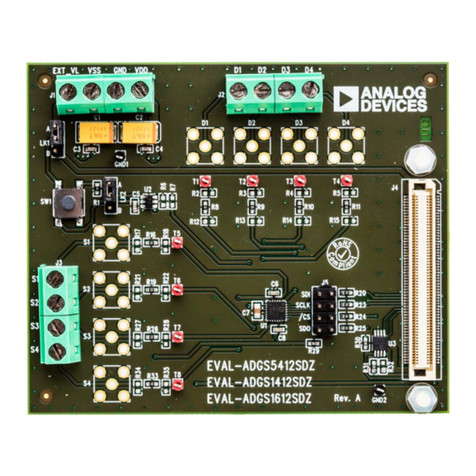
Analog Devices
Analog Devices EVAL-ADGS1412SDZ User manual
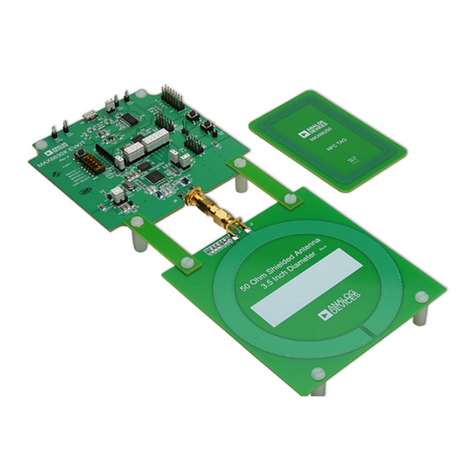
Analog Devices
Analog Devices MAX66301-25x User manual
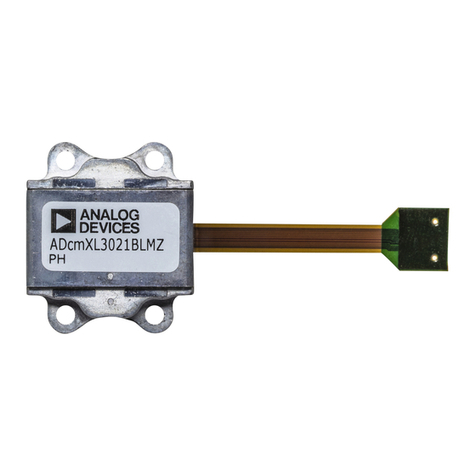
Analog Devices
Analog Devices EVAL-ADCM User manual
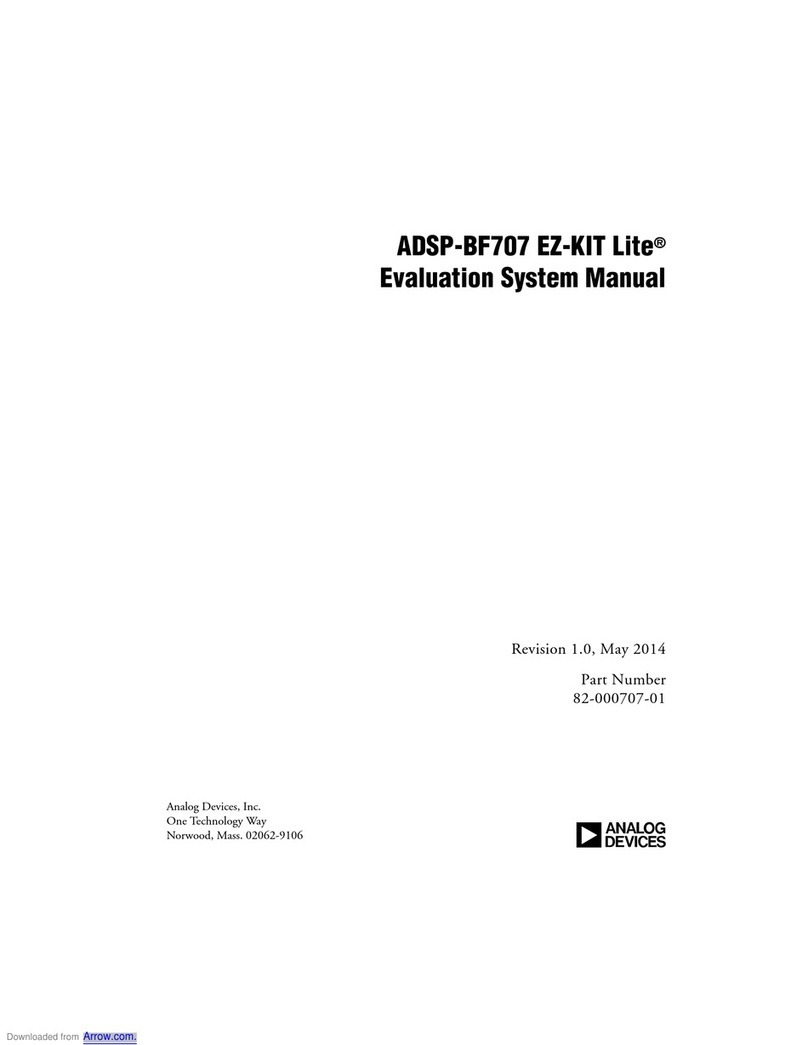
Analog Devices
Analog Devices EZ-KIT Lite ADSP-BF707 User manual
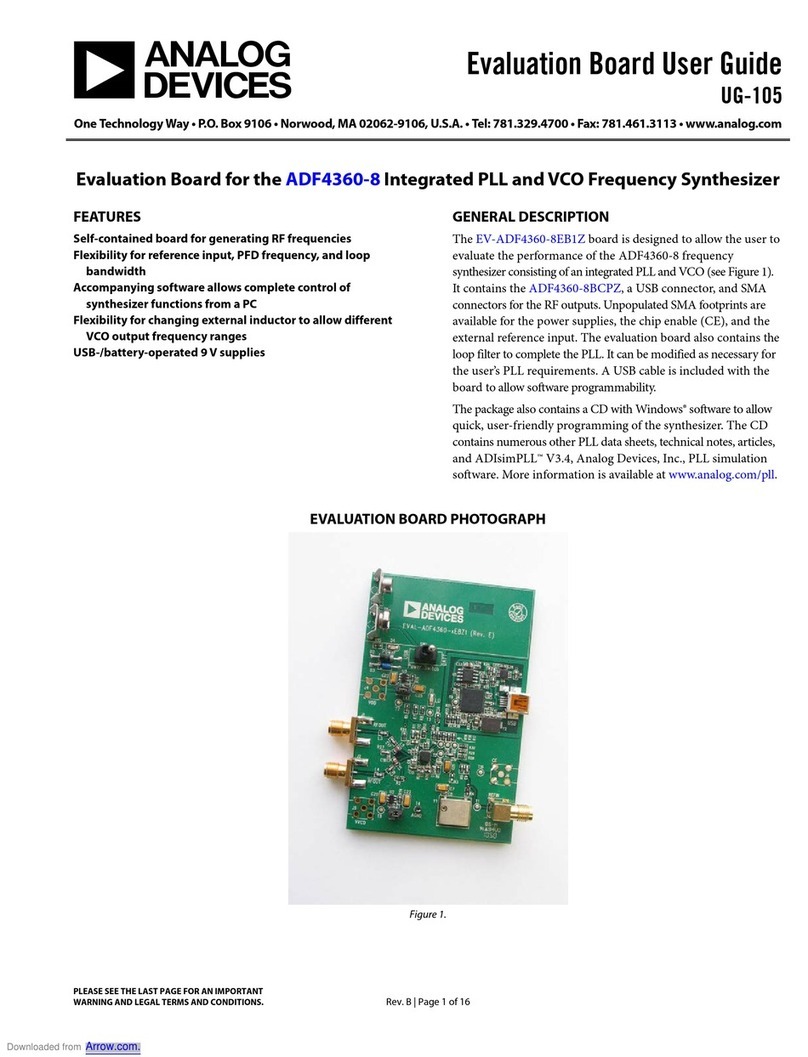
Analog Devices
Analog Devices EV-ADF4360-8EB1Z User manual
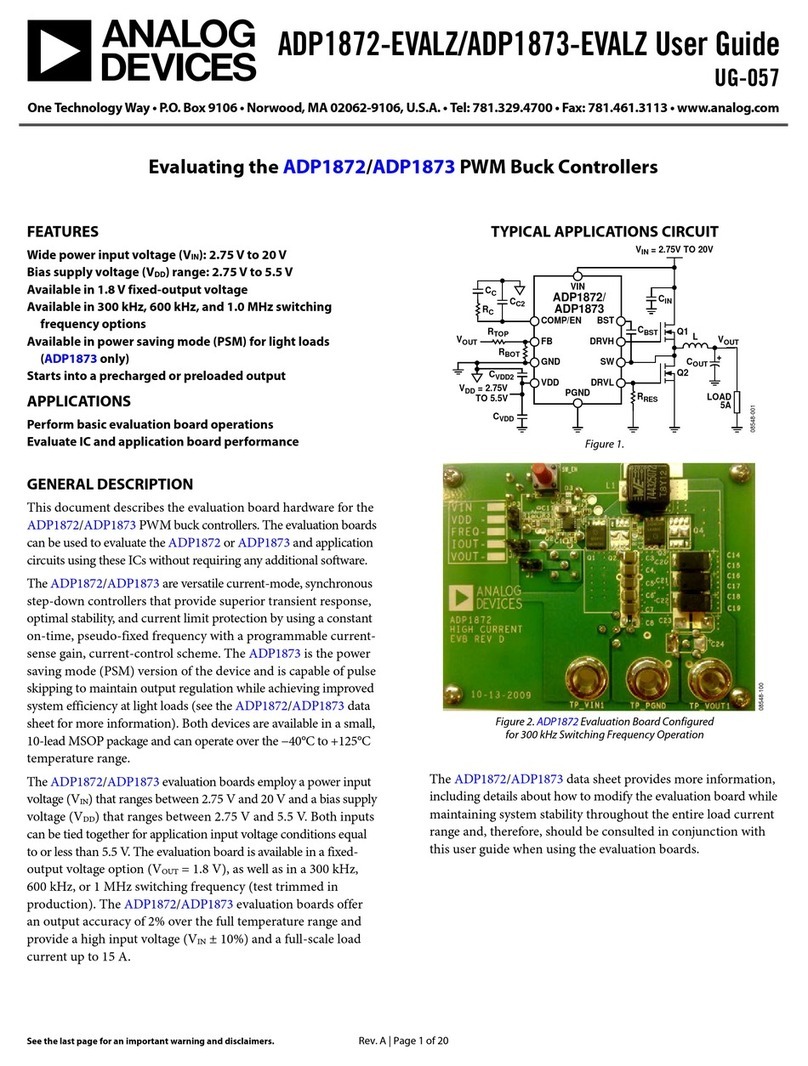
Analog Devices
Analog Devices ADP1872-EVALZ User manual
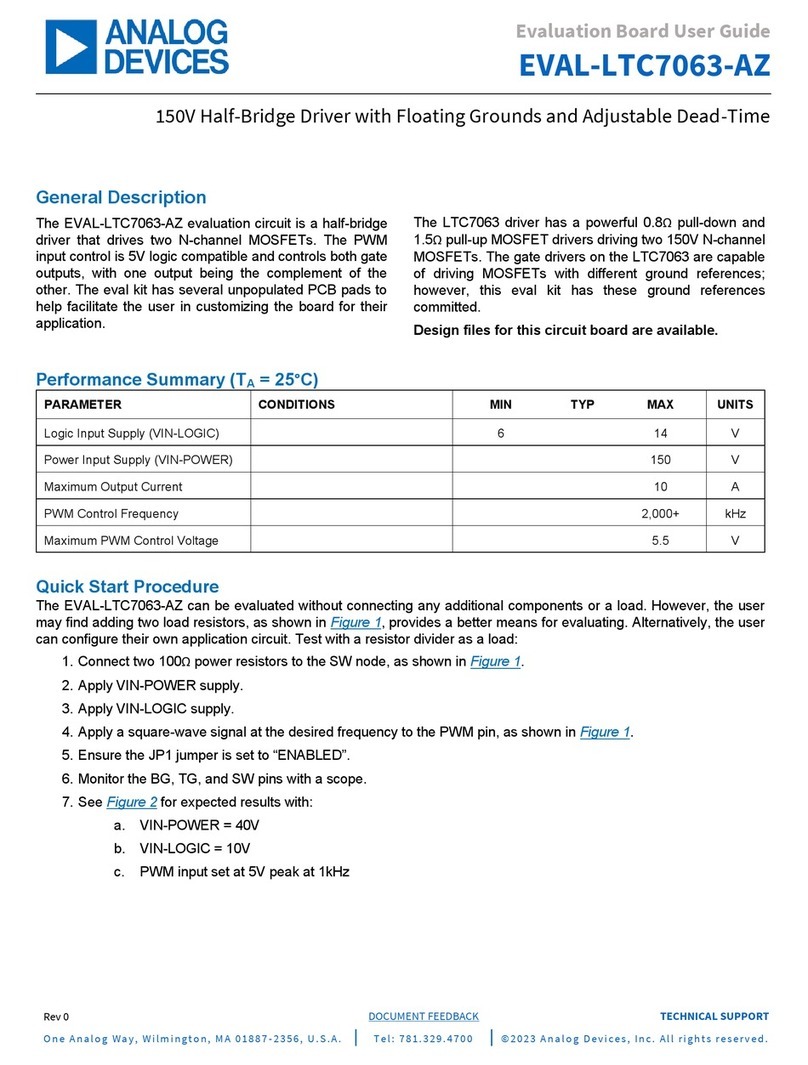
Analog Devices
Analog Devices EVAL-LTC7063-AZ User manual
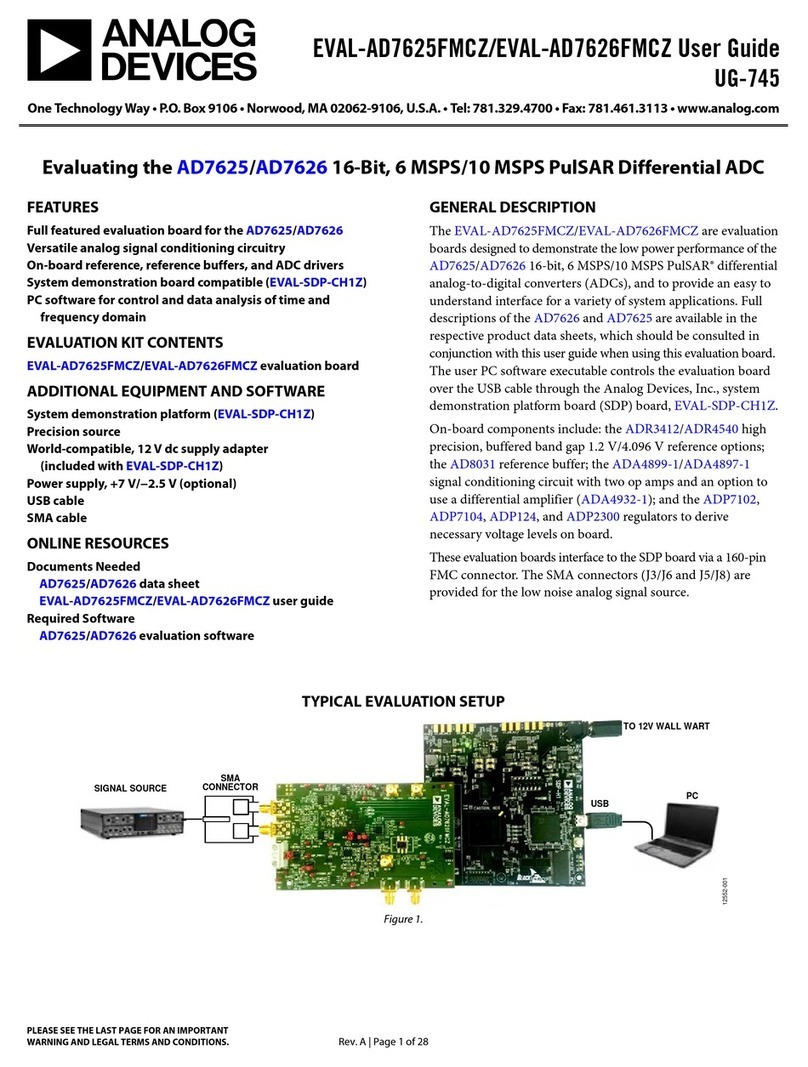
Analog Devices
Analog Devices EVAL-AD7625FMCZ User manual
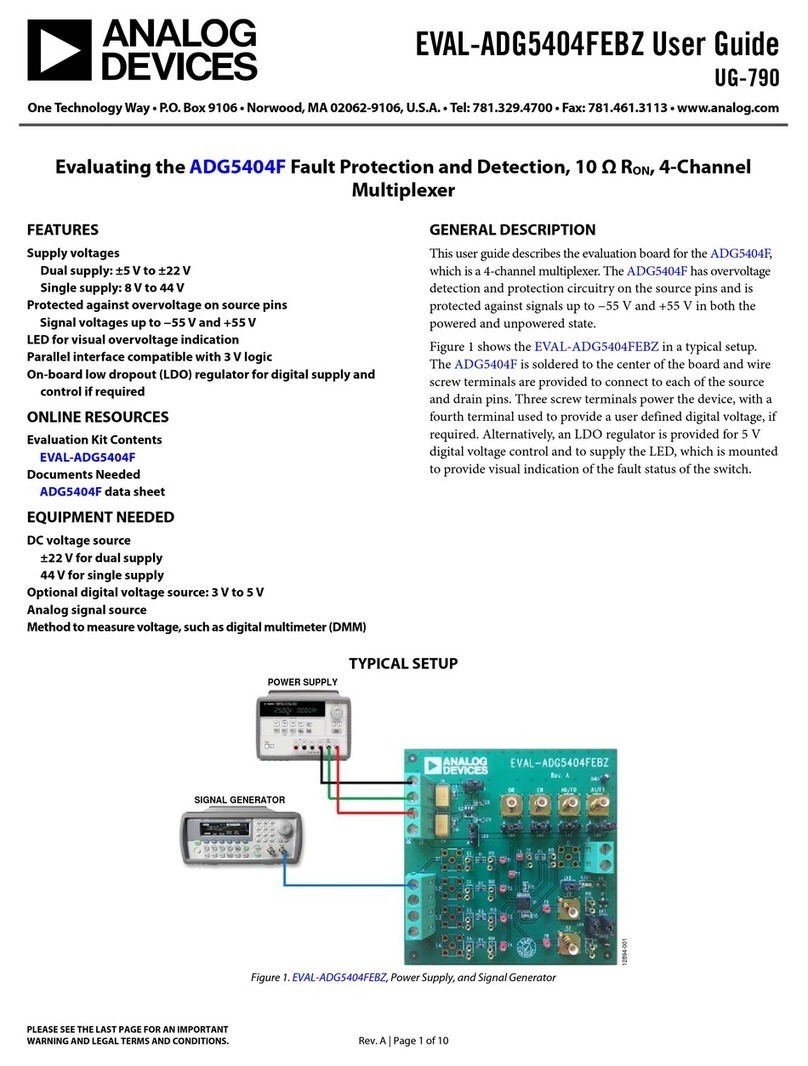
Analog Devices
Analog Devices EVAL-ADG5404FEBZ User manual
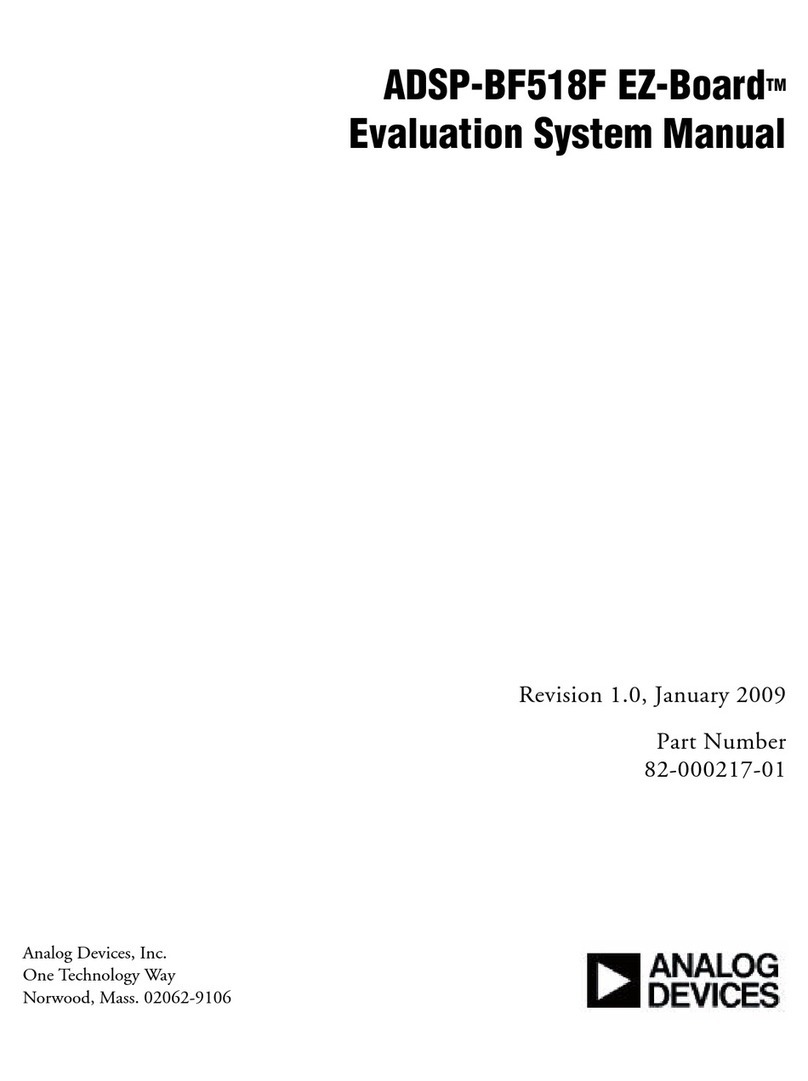
Analog Devices
Analog Devices ADSP-BF518F EZ-Board User manual
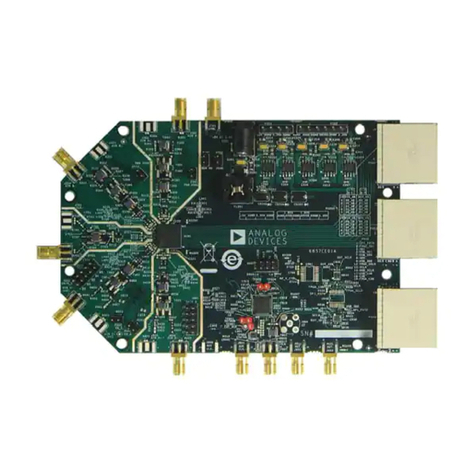
Analog Devices
Analog Devices AD6642 User manual

Analog Devices
Analog Devices EV-ADF4106SD1Z User manual
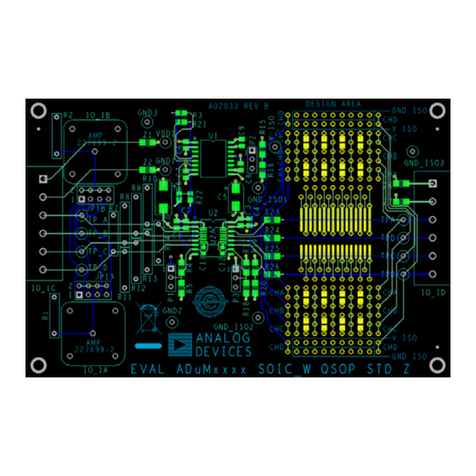
Analog Devices
Analog Devices EVAL-ADuMQSEBZ User manual

Analog Devices
Analog Devices DC2873A User manual

Analog Devices
Analog Devices EVAL-AD7175-8SDZ User manual
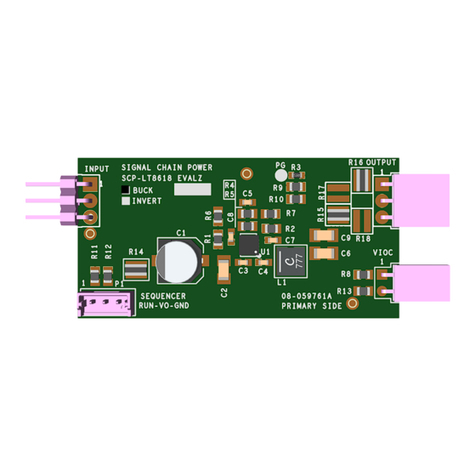
Analog Devices
Analog Devices Linear ADI Power SCP-LT8618-BEVALZ Quick setup guide

Analog Devices
Analog Devices DC2897A Quick setup guide
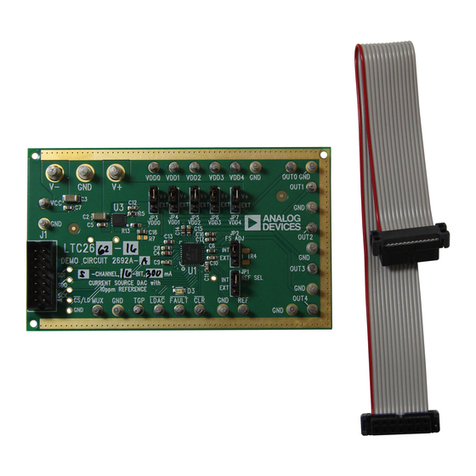
Analog Devices
Analog Devices Linear Technology DC2692A Quick setup guide
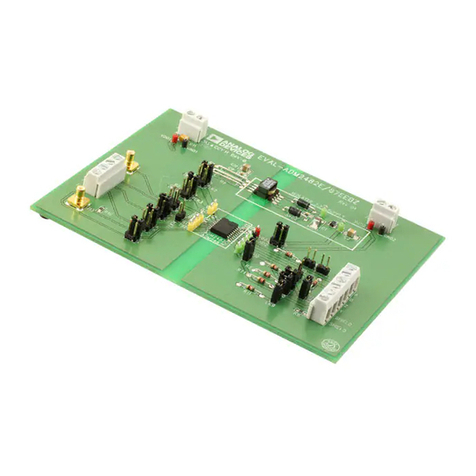
Analog Devices
Analog Devices EVAL-ADM2482EEB3Z User manual
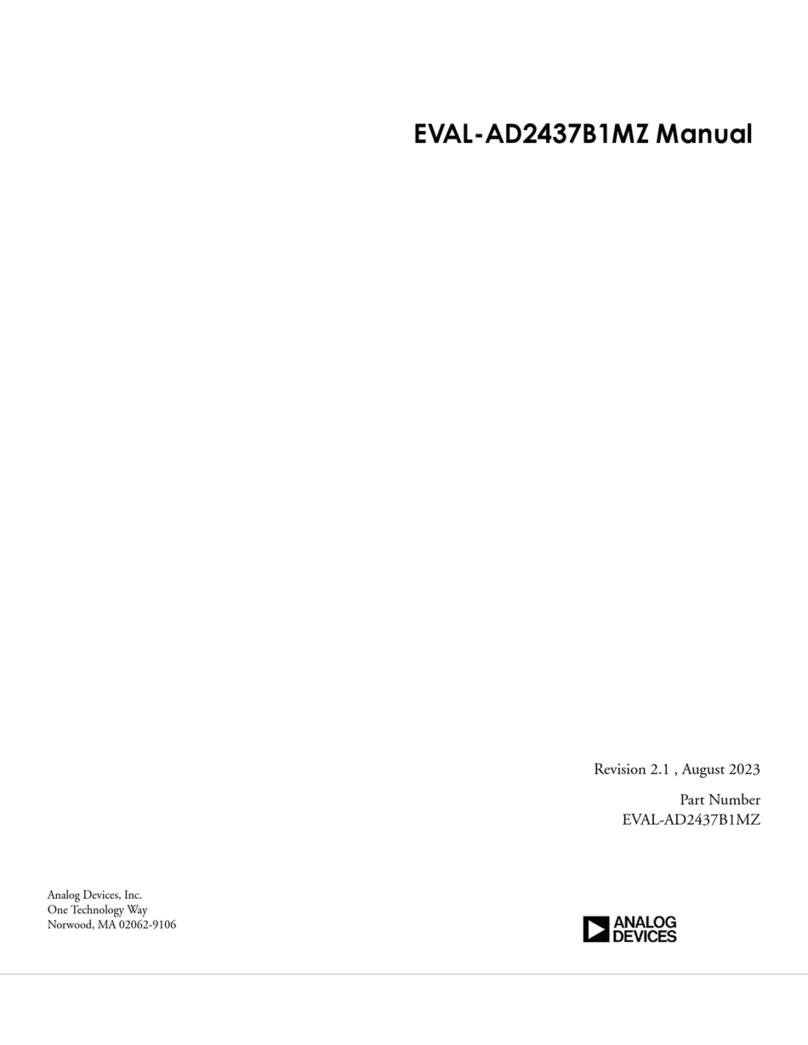
Analog Devices
Analog Devices EVAL-AD2437B1MZ User manual
